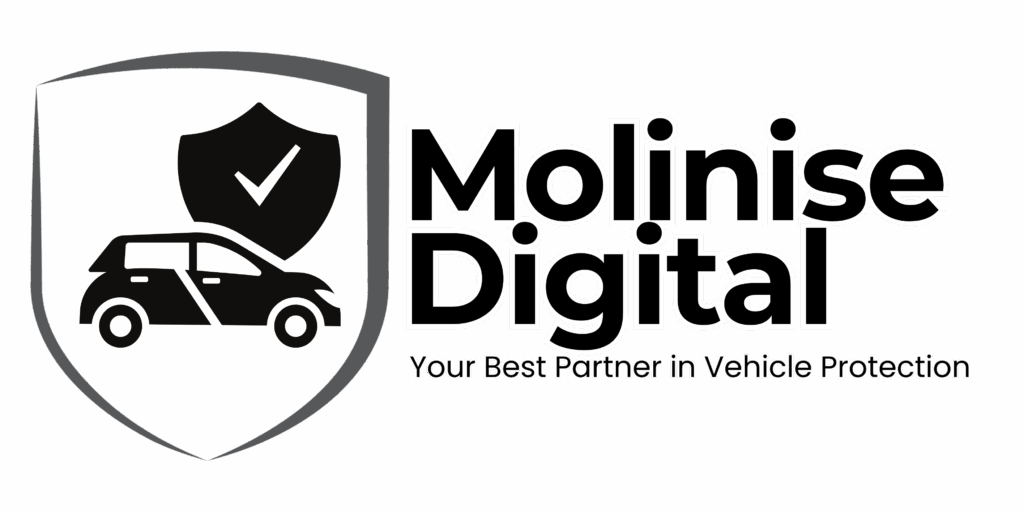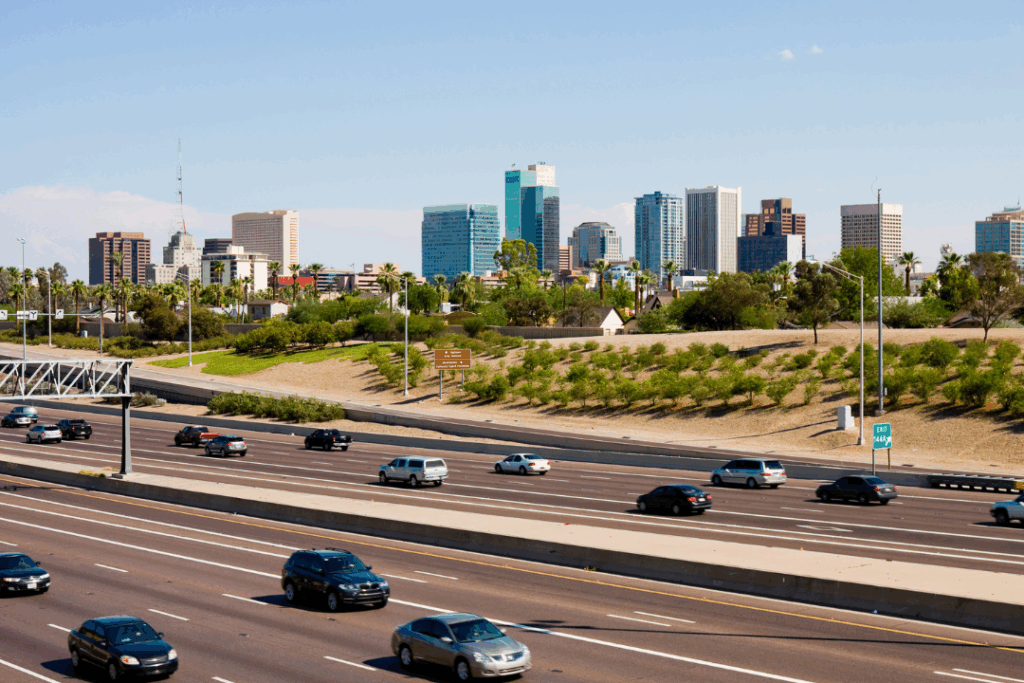Every driver knows they need auto insurance, but very few understand what it actually covers. Month after month, we pay our premiums, often without reading the fine print. Then, when an accident or incident occurs, confusion sets in—what’s covered? What isn’t? And why didn’t I know this sooner? It’s a common problem, and it leads to financial stress, unexpected bills, and sometimes even legal complications. In a world full of unpredictable road risks, knowing exactly what your policy protects is essential. This comprehensive guide will break down the essential components of auto insurance coverage in simple, everyday language so you can feel confident behind the wheel and at peace with your policy.
Understanding the Foundation: The Core Coverages
Auto insurance is made up of several types of coverage, each designed to handle specific risks. Here’s what you should know:
1. Liability Coverage (Often Required by Law)
This is the cornerstone of any policy. If you’re at fault in an accident, liability insurance pays for the damage you cause to others. It has two sub-parts:
- Bodily Injury Liability – Covers medical bills, lost wages, and legal fees for the other driver and their passengers.
- Property Damage Liability – Pays for repairs or replacement of the other party’s vehicle or property you damage (e.g., fences, buildings).
Liability coverage is required in almost every U.S. state. Failing to carry enough can expose you to lawsuits and personal financial loss.
2. Collision Coverage
Regardless of who is at fault, collision coverage pays for repairs to your car if it’s damaged in an accident. If your vehicle is totaled, it will reimburse you for the car’s current market value. This is especially useful for newer cars or leased vehicles.
3. Comprehensive Coverage
This covers non-collision-related damage:
- Theft
- Vandalism
- Natural disasters (hail, floods, wildfires)
- Falling objects (like tree limbs)
- Animal-related damage (such as hitting a deer)
Comprehensive coverage is often packaged with collision in what many refer to as “full coverage.”
4. Personal Injury Protection (PIP) or Medical Payments (MedPay)
PIP is required in some no-fault states and covers medical expenses, lost wages, and even funeral costs—regardless of who caused the accident. MedPay is a similar, though more limited, alternative that helps cover medical costs for you and your passengers.
5. Uninsured and Underinsured Motorist Coverage (UM/UIM)
This covers your expenses if you’re hit by someone without insurance or without enough insurance. It can cover medical bills, lost income, and damage to your car. With nearly 1 in 8 drivers uninsured, this is one of the most important types of protection.
Optional Add-Ons: Enhancing Your Protection
While the above are the most common, insurers also offer add-ons for better peace of mind:
- Roadside Assistance – Covers towing, tire changes, battery jumps, and lockout services.
- Rental Reimbursement – Pays for a rental car while yours is being repaired after a covered incident.
- Gap Insurance – Essential for those with loans or leases, it covers the “gap” between your car’s actual cash value and what you still owe on it.
- Custom Equipment Coverage – Covers aftermarket additions like custom rims or sound systems.
Factors That Affect Your Coverage Needs
Not everyone needs every type of coverage. Your ideal policy depends on:
- Your car’s age and value
- Your location (urban vs. rural, high-crime areas)
- Your financial situation (can you afford out-of-pocket repairs?)
- State laws
For example, if you drive a 15-year-old car worth $1,000, comprehensive and collision may cost more than the car’s worth.
Common Misconceptions
- “Full coverage means everything is covered.” Not quite. Full coverage usually refers to liability + collision + comprehensive. It doesn’t mean you’re protected from every scenario.
- “If someone else drives my car and crashes, their insurance pays.” Often false. Insurance usually follows the car, not the driver.
- “Minimum legal coverage is enough.” In many accidents, state minimums fall short of covering all expenses, leaving you financially exposed.
How to Review Your Coverage
- Request a policy declaration page from your insurer. It lists all active coverages and limits.
- Identify any coverage gaps, especially in liability and UM/UIM.
- Update your policy if your circumstances change (new job, moved cities, bought a new car).
Final Thoughts: Insurance Clarity Is Power
Your auto insurance policy should be more than a monthly bill—it should be a tool for financial protection and peace of mind. By understanding what your policy covers, and what it doesn’t, you’re empowered to make informed decisions. Don’t wait until after an accident to learn the details. Read your policy, ask questions, and update your coverage as needed. Informed drivers are protected drivers.

